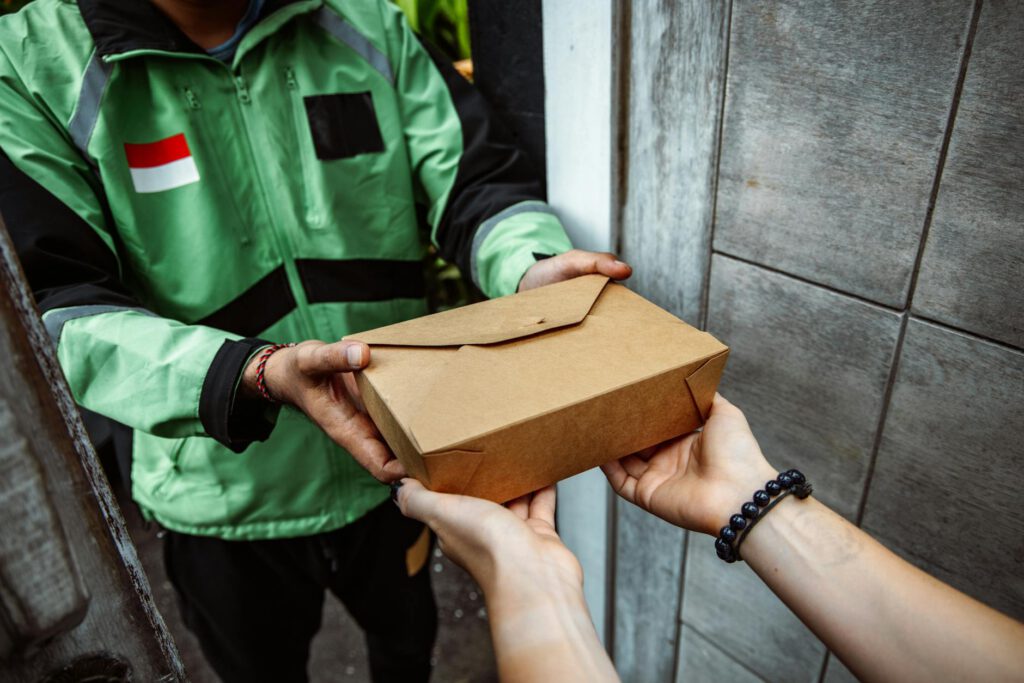****
Introduction
The demand for convenient, fast, and affordable food delivery on college campuses has skyrocketed in recent years. Students juggling classes, assignments, and extracurricular activities often prioritize convenience over cooking. This presents a lucrative opportunity for entrepreneurs to launch a campus food delivery service by partnering with local cafes and eateries.
By collaborating with nearby restaurants, you can create a win-win situation—students get quick meals, cafes expand their reach, and your delivery business earns steady revenue. This article explores how to build a profitable campus food delivery service, from securing partnerships to optimizing operations for maximum efficiency.
Why a Campus Food Delivery Service is a Smart Business Move
College campuses are bustling hubs with thousands of students, faculty, and staff who need meals daily. Unlike third-party delivery apps that charge high commissions, a dedicated campus delivery service can offer lower fees, faster service, and stronger relationships with local businesses.
Key advantages include:
– High demand – Students prefer quick, hassle-free meal options.
– Recurring revenue – Regular orders from loyal customers ensure steady income.
– Low startup costs – No need for a commercial kitchen; just logistics and partnerships.
– Community support – Partnering with local cafes fosters goodwill and brand loyalty.
Now, let’s dive into how to make this business model work.
1. Identifying the Right Local Cafes to Partner With
Not all restaurants are ideal partners for a campus delivery service. You need cafes that:
– Serve popular, affordable meals students love (e.g., coffee, sandwiches, pizza).
– Have consistent quality and reliable operations.
– Are open to collaboration without restrictive contracts.
How to Approach Potential Partners
- Research first – Visit cafes near campus, observe their peak hours, and assess their menu.
- Pitch the benefits – Explain how your service will increase their sales without extra marketing costs.
- Offer fair terms – Instead of high commissions, propose a fixed delivery fee or revenue-sharing model.
Example: A delivery service at UCLA partnered with three local coffee shops, increasing their daily orders by 30% while keeping delivery fees lower than Uber Eats.
2. Building an Efficient Delivery System
A smooth delivery process is crucial for customer satisfaction. Here’s how to optimize it:
Steps to Create a Reliable Delivery Network
- Hire Student Delivery Runners – College students looking for part-time work can be cost-effective couriers.
- Use Delivery Management Software – Tools like Route4Me or Onfleet help track orders and optimize routes.
- Set Clear Delivery Zones – Focus on campus dorms, libraries, and study halls for faster turnaround.
- Implement Pre-Ordering – Allow students to schedule meals in advance to avoid lunchtime rushes.
Tools & Resources
- Square POS – For seamless order and payment processing.
- WhatsApp Business – For real-time delivery updates.
- Google Maps API – For route optimization.
3. Marketing Your Campus Food Delivery Service
Even the best service won’t succeed without proper promotion. Here’s how to get students’ attention:
Effective Marketing Strategies
- Social Media Campaigns – Instagram and TikTok ads targeting students with promo codes (e.g., “First delivery free”).
- Campus Flyers & Partnerships – Work with student clubs to spread the word.
- Referral Discounts – Offer incentives for students who bring in new customers.
- Loyalty Programs – Reward frequent buyers with free meals or discounts.
Example: A delivery startup at UT Austin grew its user base by 200% in three months by running a “Free Coffee Friday” promo.
4. Managing Costs and Scaling the Business
To ensure profitability, keep expenses low while expanding strategically.
Cost-Saving Tips
- Start small – Focus on a few high-demand cafes before expanding.
- Use electric bikes/scooters – Cheaper than gas-powered vehicles.
- Negotiate bulk discounts – Some cafes may offer better rates for high order volumes.
Scaling Up
- Add more restaurant partners once demand grows.
- Expand to nearby campuses if the model succeeds.
- Introduce subscription plans (e.g., weekly meal deals).
FAQs About Campus Food Delivery Services
Q: How much does it cost to start a campus food delivery service?
A: Initial costs range from $1,000–$5,000, covering marketing, software, and delivery personnel.
Q: How do I compete with Uber Eats and DoorDash?
A: Offer lower fees, faster delivery, and exclusive campus-only deals.
Q: Do I need a permit to operate a food delivery service?
A: Check local regulations; some campuses require permits for commercial delivery operations.
Q: How do I handle late or incorrect orders?
A: Implement a refund or credit policy and maintain good communication with customers.
Conclusion
Launching a campus food delivery service by partnering with local cafes is a low-risk, high-reward business model. By focusing on student convenience, strong restaurant partnerships, and efficient logistics, you can build a profitable venture that thrives in the competitive food delivery market.
Start small, refine your operations, and scale strategically—soon, your service could become the go-to meal solution for students on campus.
Ready to take the first step? Identify your first cafe partner today and tap into this booming market!

